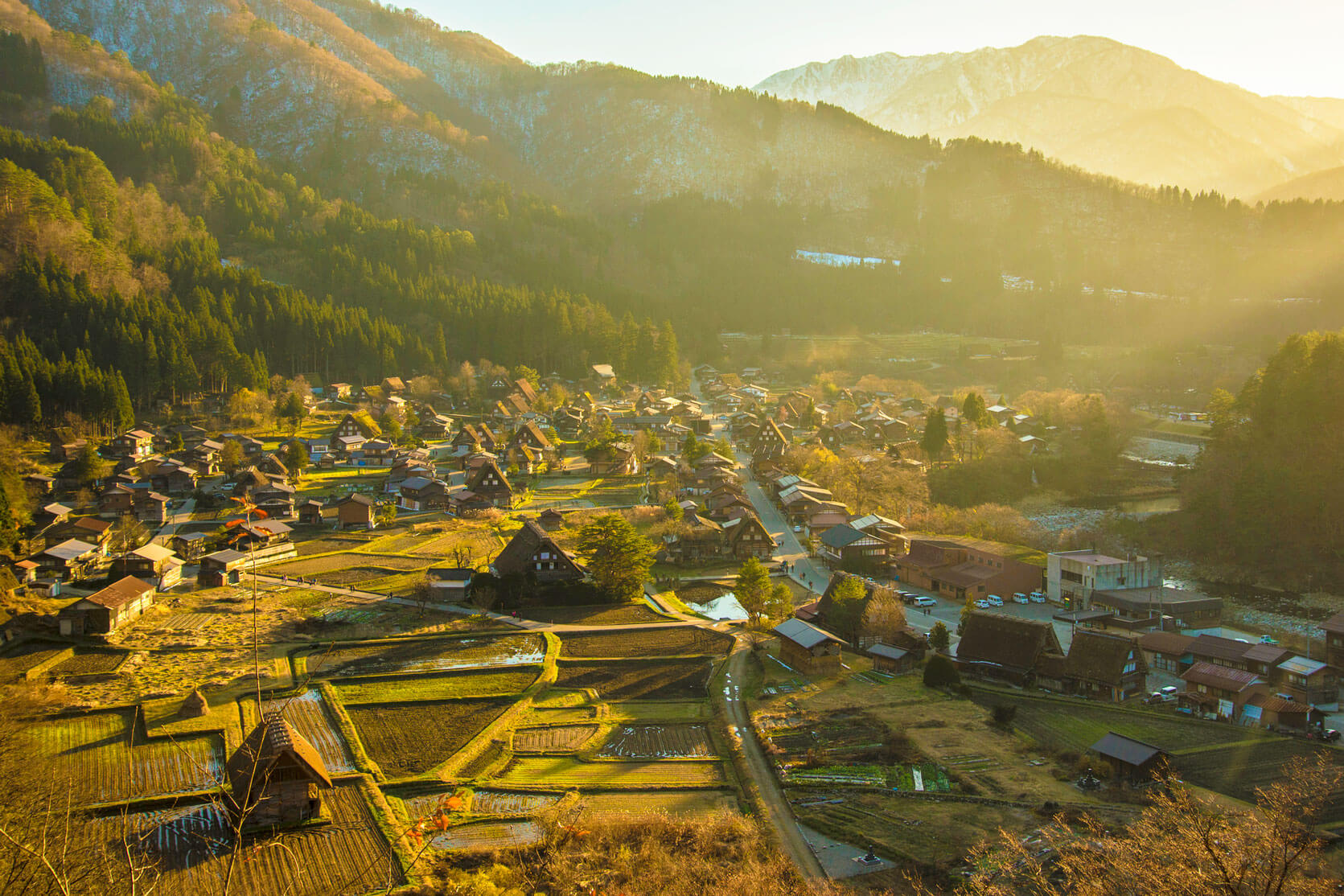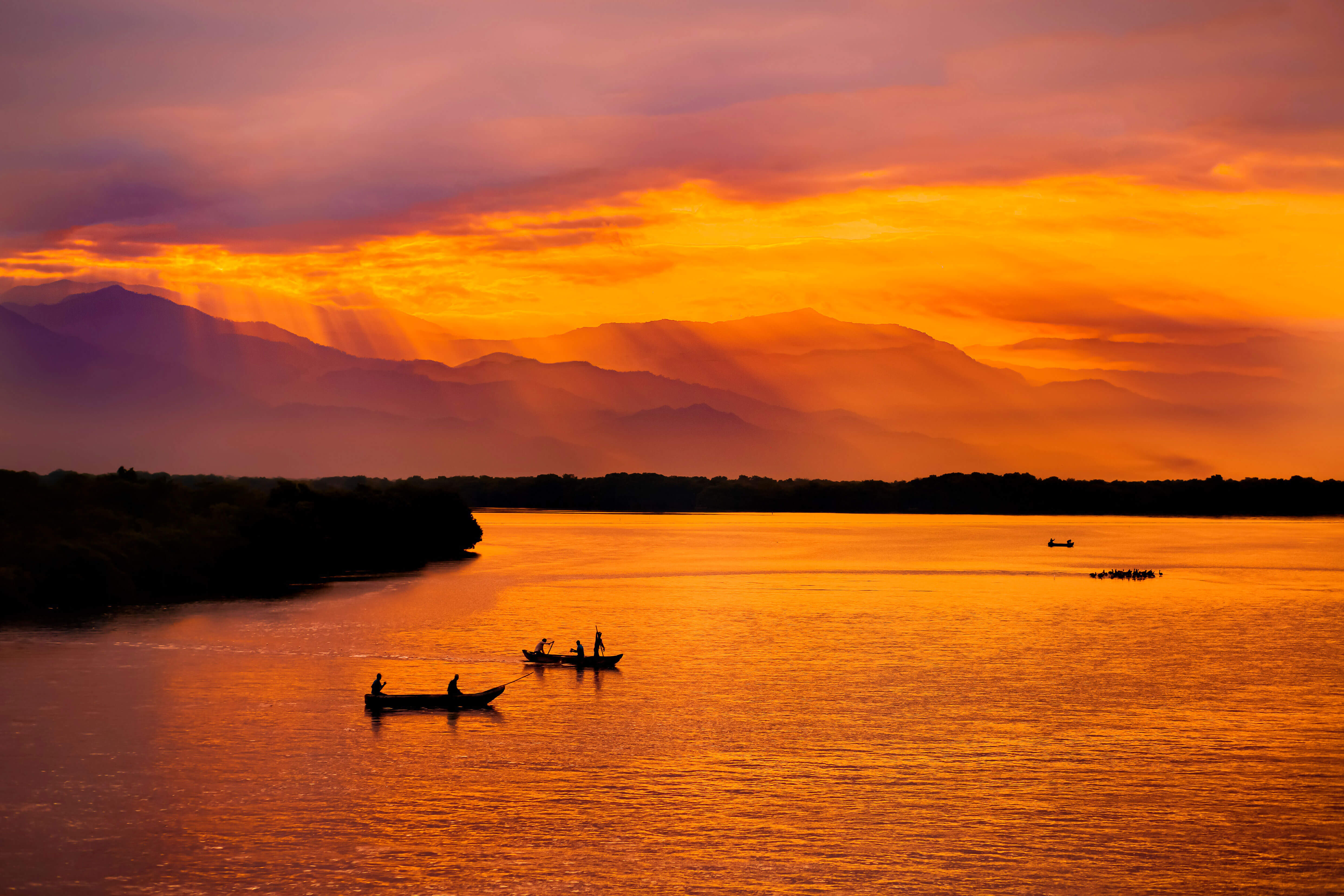1/1 Oops. Incorrect.
0%
0pts Earned
0/1correct
20/20
What was the original purpose of Florence’s Ospedale degli Innocenti?
The Ospedale degli Innocenti (“Hospital of the Innocents”) was a center for the care of infants and children for over five centuries. The building is located in Florence, the heart of the Italian Renaissance. Built by Filippo Brunelleschi in 1419, it is revered as a prime example of Early Renaissance architecture, from its cloisters and porticoes to the design of its interior frescoes. The structure is also home to works of art by Botticelli, Roselli, and Pacetti.
Source: Museums in FlorenceAn orphanage
76%
A bank
4%
A winery
7%
A royal residence
13%
19/20
Which city is home to Piazza delle Erbe (Square of the Herbs)?
Verona’s Piazza delle Erbe was named for the many food vendors that would line the streets during the time of the Ancient Romans. The Madonna Verona Fountain stands proudly at the hub of this plaza, built by the Della Scala family in 1368. Many other Renaissance-era buildings line the streets of this well-preserved UNESCO World Heritage-listed city.
Source: FrommersVerona
43%
Marsala
18%
Pisa
13%
Palermo
25%
18/20
What does the name of Ca’ D’oro on Venice’s Grand Canal translate to?
Remnants of this Renaissance can be seen all along the Grand Canal of Venice today. One such example is the Ca’ D’oro (the “House of Gold) that was built in 1428 for the Contarini family, one of the most prominent families in the city. Its name comes from its original façade, which was once covered in shimmering gold leaf.
Source: Khan AcademyCastle of the Gods
13%
Palace of Birds
7%
House of Gold
69%
Cathedral of Song
11%
17/20
Rome’s Piazza Navona features the famous Fountain of what?
Italian sculptor Gian Lorenzo Bernini invented the Baroque style of sculpture, which had many Renaissance influences. This La Fontana dei Quattro Fiumi (Fountain of Four Rivers), located in Rome’s Piazza Navona, was created for Pope Innocent X in 1651. Each obelisk of the fountain represents a river: the Ganges, Nile, Danube, and Rio de la Plata.
Source: Rome ToolkitFour Rivers
22%
Julius Caesar
15%
Jupiter
19%
The Angels
45%
16/20
What was Rome’s Castel Sant’Angelo during the Renaissance?
Castel Sant’Angelo was originally built as a tomb for Roman Emperor Hadrian in 135 CE. Its role in the community changed over the centuries. During the Renaissance, it served as a prison. Many renovations also took place during that era, including the construction of the massive castle on the ruins of the mausoleum and the statues on its bridge (Ponte Sant’Angelo).
Source: Castel Sant’AngeloA museum
8%
A library
12%
A prison
60%
A military hospital
20%
15/20
The 15th-century Villa d’Este overlooks what Italian lake?
Villa d’Este sits on the southwestern shore of Lake Como in Cernobbio. The Renaissance-style estate was built in 1568 by the wealthy Cardinal Tolomeo Gallio. The property has changed hands several times, but today, it is a luxury hotel that hosts A-list Hollywood stars. Lake Como is also a popular filming destination — Alfred Hitchcock’s first movie, “The Pleasure Garden,” was filmed there.
Source: ForbesLake Bled
1%
Lake Garda
9%
Lake Como
85%
Lake Lucerne
6%
14/20
Bologna is home to this fountain for which Roman god?
Although the Fountain of Neptune depicts the god of the sea, Bologna is a landlocked city in northern Italy. The subject was instead meant to be symbolic of Pope Pius IV’s power. Giambologna completed the fountain in 1566, and today, it remains a centerpiece of the city, featuring mighty Neptune and four cherubs and four sea nymphs at the base.
Source: Atlas ObscuraJupiter
27%
Neptune
57%
Mars
12%
Pluto
4%
13/20
Which Florentine bridge is famously lined with jewelry shops?
The Ponte Vecchio (“Old Bridge” in English) is a highlight of Florence. In the 13th century, shops of all kinds were constructed on the bridge, but waste from the businesses began soiling the local environment. In 1593, Ferdinand I declared that only goldsmiths and jewelers would be allowed to keep shops on the bridge. Even today, the bridge is packed full of jewelry stores.
Source: Visit FlorenceBridge of Sighs
11%
Ponte Vecchio
81%
Charles Bridge
4%
Helix Bridge
3%
12/20
What is the name of the official residence of the Pope?
Also called the Vatican Palace, the Apostolic Palace is located in the same complex as the Sistine Chapel in Vatican City. The papal apartments in this structure have been the official residence of popes since the 17th century. One of the most-visited areas of the Apostolic Palace is the four Stanze di Raffaello (Raphael’s Rooms). Named for Renaissance artist Raphael, the rooms are adorned with frescoes by the artist and his successors.
Source: BritannicaApostolic Palace
70%
La Sagrada Familia
14%
Alhambra
5%
St. Stephen’s Cathedral
11%
11/20
Which gallery has the world’s largest Italian Renaissance collection?
The Galleria degli Uffizi (Uffizi Gallery) is home to the most comprehensive collection of Florentine paintings of the Renaissance period. Its collection includes works from Botticelli (including “The Birth of Venus”), Giotto, Cimabue, Michelangelo, Leonardo da Vinci, and Raffaello. The museum building was originally commissioned in 1559 by the Medici family as a place for government offices in downtown Florence.
Source: BritannicaThe Louvre
36%
The Getty
3%
State Hermitage Museum
4%
The Uffizi Gallery
58%
10/20
What is the name of this famous stone arch bridge in Venice?
Located on the Grand Canal of Venice, the Ponte di Rialto (Rialto Bridge) was built at the end of the 16th century. It is the oldest remaining bridge over Venice’s most famous canal today. The bridge, which crosses over the narrowest point of the canal, was designed and built by Antonio da Ponte and his nephew, Antonio Contino after the duo won a city-wide design competition.
Source: BritannicaRialto Bridge
64%
Bridge of Sighs
22%
Tower Bridge
5%
Pont du Gard
9%
9/20
Which city's cathedral, named the Duomo, was once the world’s largest?
Florence’s Duomo goes by several other names, including the Florence Cathedral and the Cathedral of Santa Maria del Fiore, but Duomo (Italian for “cathedral”) is the most popular. At the time of its consecration in 1436, it was the largest Catholic church in the world, capable of accommodating 30,000 worshippers. Designed by Filippo Brunelleschi, the cathedral also holds an extensive collection of Renaissance paintings and statues.
Source: BritannicaRome
21%
Naples
13%
Florence
52%
Turin
15%
8/20
The Accademia Gallery is best known as the home of which sculpture?
Hundreds of thousands of visitors flock to the Accademia Gallery to see “David,” Michelangelo’s most famous work of art, each year. “David” was moved to the museum in 1873 to preserve the magnificent Renaissance sculpture. Before then, the statue had stood outside in the Piazza della Signoria since 1504. The section of the gallery that houses the sculpture today is known as the Tribune, featuring a bright skylight that highlights the statue.
Source: Accademia Gallery“Apollo Belvedere” by Montorsoli
2%
“David” by Michelangelo
78%
“Venus de Milo” by Alexandros
16%
“Moses” by Michelangelo
4%
7/20
What is the name of this ornate Venetian palace?
Doge’s Palace was the official residence of the doge (chief magistrate) of Venice. Completed in the 15th century, the palace is also one of Italy’s most recognizable buildings, combining elements of Gothic, Moorish, and Renaissance architecture. Located in the palace's Great Council Chamber are many famous Renaissance artworks, including Tintoretto’s “Paradise,” one of the largest canvas oil paintings in history.
Source: BritannicaSummer Palace
15%
Amber Palace
5%
St. James’s Palace
18%
Doge’s Palace
61%
6/20
What is the name of this famous fountain in Rome?
The Trevi Fountain is famous today for its intricate Baroque design, but the previous fountain that stood on the site wasn’t quite so grand. Near the end of the Renaissance in 1629, Pope Urban VIII ordered renovations on the fountain, but the project was put on hold following his death. Pope Clement XII restarted the project in 1730, finally finishing the masterpiece.
Source: Culture TripTrevi Fountain
94%
Bellagio Fountains
4%
Crown Fountain
0%
Fountain of Wealth
1%
5/20
Which prominent Italian family has a Florentine palace named after them?
Chances are the Italian Renaissance would have looked very different without the Medici family. Not only were they one of the wealthiest families in Italy, but they also ruled over the Republic of Florence. The Palazzo Medici Riccardi was commissioned in 1444 by Cosimo the Elder, a wealthy banker in the Medici family, to serve as a private residence. It was the first of many Medici palaces in Italy; today it serves as a museum.
Source: Palazzo Medici RiccardiAgnelli
3%
Habsburg
4%
Medici
88%
Fendi
6%
4/20
In which city can you see da Vinci’s famous mural “The Last Supper”?
One of the most famous artworks of the Italian Renaissance is painted on the wall of Santa Maria delle Grazie,a church in Milan. Leonardo da Vinci created the mural sometime between 1495 and 1498. It depicts one of the most famous scenes in Christianity: Jesus' final supper with his twelve Apostles. Today, the mural is still open to the public for viewing, though there is a 15-minute time limit and a limit of 25 people at a time due to its fragility.
Source: BritannicaVenice
12%
Milan
43%
Rome
41%
Naples
4%
3/20
What Renaissance church sits at the heart of Vatican City?
St. Peter’s Basilica is widely considered one of the greatest works of Italian Renaissance architecture. Construction of the church began in 1506 under Pope Julius II and took more than 100 years to complete, finally wrapping up in 1615. Some of the greatest architects of the Renaissance worked on the building, including multi-hyphenate creatives Raphael and Michelangelo.
Source: BritannicaThe Duomo
2%
St. Peter’s Basilica
95%
Notre Dame Cathedral
3%
Hagia Sophia
0%
2/20
Which building is famous for its Renaissance frescoes by Michelangelo?
Named for Pope Sixtus IV, the Sistine Chapel was completed in 1481 in Vatican City by architect Giovanni dei Dolci. The chapel’s elaborate interior is covered in frescoes by some of the most famous Renaissance painters in history, including Sandro Botticelli, and Luca Signorelli. Michelangelo’s paintings were commissioned by Pope Julius II in 1508, and they depict scenes from the Bible such as “The Creation of Adam” and “The Last Judgment.”
Source: BritannicaSistine Chapel
96%
Leaning Tower of Pisa
1%
Pantheon
1%
Doge’s Palace
2%
1/20
Which city was the birthplace of the Italian Renaissance?
The Renaissance began in Florence, Italy, in the 13th century, thanks to wealthy local nobility who supported a growing community of artists, architects, writers, politicians, and inventors — from Leonardo da Vinci and Michelangelo to Dante, Machiavelli, and Galileo. The city is home to art galleries, churches, and town squares where some of the most influential minds of the time made history.
Source: History.comRome
11%
Genoa
3%
Verona
4%
Florence
82%
Play Quizzes By Category
Play A Trending Quiz
Trending, related and recent quizzes you may be interested in







